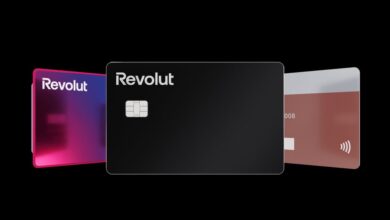Amazon Pay Redoubles Its Efforts In India

It has taken Amazon a bit of time to find its way in India. E-commerce it seems to have hit it … [+]
India’s $357.5 billion payments sector has proven challenging for the U.S. tech’s giants. Only Google
GOOG
AMZN
AMZN
For that reason, it is with great interest that we observe a renewed effort by Amazon to explore India’s payments market. It has been incrementally applying for and winning necessary licenses as well as exploring partnerships with key local players. Over time, this strategy could allow Amazon to build a full-fledged payments ecosystem in India.
Merchant Payments Pivot
Despite an aggressive campaign to build market share in India’s retail payments segment, Amazon Pay remains far behind Google Pay, PhonePe and Paytm, which together control about 90% of the market. For Amazon Pay to even reach the 10% threshold would be a significant achievement. Simply put, there is no compelling reason for most retail users of the former three e-wallets to switch over to Amazon Pay.
That said, Amazon’s strengths in e-commerce mean that significant synergies exist for the company in India’s merchant payments segment. To that end, in February, Amazon Pay received a payments aggregator license from the Reserve Bank of India (RBI). All payment gateway operators in the subcontinent must obtain this license to acquire merchants and deploy digital payment solutions. The license allows the “aggregator” to operate as an intermediary between merchants and payment processors or banks: to accept payments on behalf of multiple merchants, consolidate them, and distribute the funds to the respective merchants.
We believe that the payments aggregator license will help Amazon in several ways. It will allow the company to process e-commerce payments for sellers on its app as well as serve direct-to-consumer sellers who want to sell their products online. Given that Amazon has a roughly 26% share of India’s $113 billion e-commerce market and a large network that encompasses 8.5 million brick-and-mortar sellers as well 10,000 online sellers., there are significant market opportunities to be explored.
Credit Card Collaboration
Though Amazon has lagged in India’s retail payments segment, those efforts to date have focused on standard e-wallet features and buy now, pay later (BNPL). However, Amazon now seems to be interested in the nascent credit card segment. It recently launched an Amazon Pay ICICI Bank co-branded credit card and is exploring a credit card tie-up with the National Payments Corporation of India (NPCI).
India’s credit card penetration was previously estimated at 5.5% of the population of 1.4 billion. In January, the RBI said that the country had 100 million credit cards, but did not specify the number of credit card users. Regardless, the number of cards in circulation has jumped by 77% since December 2019. While the penetration rate is low, it already includes a market larger than the entire population of Malaysia or Thailand. As India grows richer, its credit card market should grow steadily.
Crucial to the future prospects of credit cards in India will be how well they are integrated with NPCI’s paramount United Payments Interface payments rail. UPI’s dominance of India’s payments landscape is such that if cards gain a strong foothold on it, they are very likely to penetrate much more deeply into the Indian market.
The fintech In-Solutions Global Ltd estimates that the integration of credit cards with UPI will result in a 30-fold increase in credit card acceptance in India. It bases that calculation on a forecast that UPI will open up 21 crore (210 million) UPI QR payment terminals to credit cards in addition to the existing 70 lakh (70,000) point-of-sale terminals where credit cards are already accepted.
Playing The Long Game
Given the intensity of competition in India’s payments market, Amazon’s new initiatives will take time to bear fruit. Subsidies will almost certainly be necessary for its credit cards to gain significant traction. On the merchant side, subsidies will be less crucial, and Amazon might be able to exploit Paytm’s loss of its payments bank as it works to attract more merchants to its network.
When it comes to UPI retail payments, we are less sanguine, though there is a possibility that Google Pay and/or PhonePe land in regulatory crosshairs for their continued dominance of the market. However, actions to pare down those two tech giants’ UPI market share would be aimed at boosting the prospects of India’s fintech startups rather than helping other tech giants like Amazon (or WhatsApp Pay, for that matter) boost their presence on the subcontinent’s most important payments rail.



